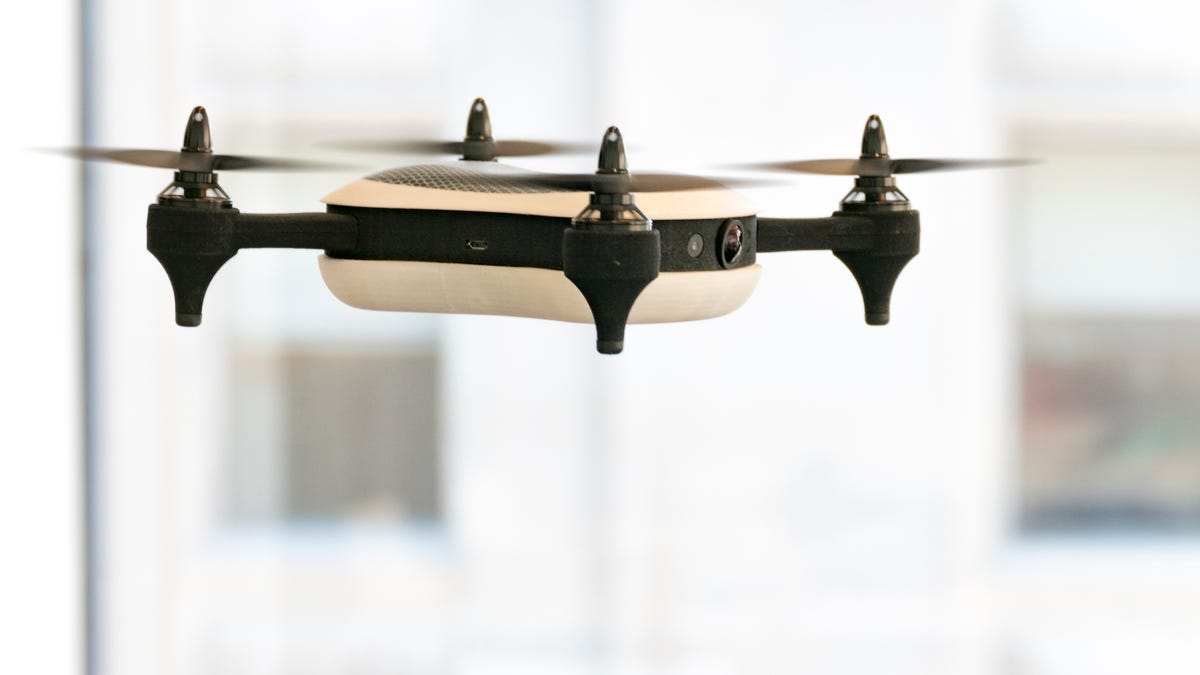Teal sport drone price teal drones golden eagle teal drones golden eagle price teal drones stock price teal one drone price teal drones for sale teal golden eagle drone price teal drones inc stock who owns teal drones teal drones golden eagle price

Teal Drone review: The Teal drone can hit 70 mph, so it's a good thing it has replaceable legs
Teal is more than just another quadcopter: It's a platform.
As it stands in 2016, consumers can pick out a ready-to-fly drone for aerial photos and video or for racing or just to fly casually. Teal is meant to appeal to all of these buyers, regardless of skill level, and eventually to commercial pilots, too.
Behind Teal -- the company and the drone -- is 18-year old George Matus who has been flying quads since he was 11 and built his first one at 14. The drone is the result of an evolving list of dream features he's been making since then.
The quad can go fast at up to 70 mph (112 kph) in up to 40 mph (64 kph) winds, it's weatherproof, can be controlled with an iOS or Android device or a regular radio controller and is small enough to slip into backpack. In front is an electronically stabilized 13-megapixel camera that can record video at 4K resolution.
Teal is also modular, and that doesn't only mean removing the battery. Each arm can be popped on and off, as can the drone's top section. With other drones, if you were to break one of the prop arms you would have to send the whole thing in for repair. With Teal you'll be able to easily replace it on your own. Plus, this opens the possibility for specialized arms for specific tasks. Teal is also currently planning to release modules for the top section including thermal imaging, obstacle avoidance (something it currently can't do on its own) and a secondary camera for first-person-view racing.
Here's where it gets even more interesting, though. Inside Teal is a minicomputer powered by an Nvidia Jetson TX1 quad-core processor to handle machine learning and artificial intelligence technologies. The idea here is that by having the modular design, powerful hardware running the drone's Teal OS as well as making an SDK available, it can be a platform to be developed for consumer and commercial uses.
For the moment the drone is targeted at consumers and will have three apps available at launch: one for flight control, another for a Follow-Me mode for automatic subject tracking and a racing application so you can compete against other Teal pilots. Matus hopes after an app store has been built and grows, that licensing of the platform with other hardware manufacturers will soon follow.
The biggest downsides we see are the same things we see with a lot of drones: battery life and price. Teal has a 1,800mAh lithium polymer battery that will provide around 10 minutes of flight time. This is shorter than larger camera drones, but is in line with most racing drones. Teal should be releasing extended batteries at some point after launch, too.
The other issue is that Teal is a new comer and at $1,299 the unit is not cheap and it is far off with the earliest units shipping right before Christmas 2016. While the rest of the orders placed by August 15, should ship by early 2017, which is quite some time. And that's if all goes according to plan.
The company is accepting preorders on Teal Drones site and you won't be charged until the drone ships.
Source
